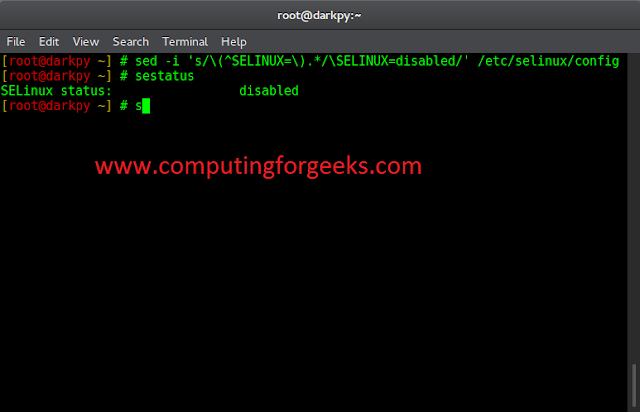Backbone.js Underscore Methods Model is the 9 Underscore models which we can use with Backbone models. These are the proxies to underscore.js to provide 9 object functions on Backbone.Model. These functions are keys, values, pairs, inverts, pick, omit, chain and isEmpty.
Syntax:
Backbone.Model.method_Name( );
Parameters: Different function accepts different parameters.
Example 1: In this example, we will see keys, values, and pairs functions. These function does not require any parameters.
HTML
<!DOCTYPE html> <html> <head> <title>BackboneJS Model underscore methods</title> <script src= type="text/javascript"> </script> <script src= type="text/javascript"> </script> <script src= type="text/javascript"> </script> </head> <body> <h1 style="color: green;"> neveropen </h1> <h3>BackboneJS Model Underscore methods</h3> <script type="text/javascript"> var Geek = Backbone.Model.extend(); var Geek1 = new Geek({ id: "1001e", Name: "cody", }); var Geek2 = new Geek({ id: "1002e", Name: "Geeky", }); var Geek3 = new Geek({ id: "1003e", Name: "zetshu", }); // Keys() function document.write(`All the keys of ${Geek1.get('Name')} : `); document.write(JSON.stringify(Geek1.keys()), '<br><br>'); // values() function document.write(`All the values of ${Geek2.get('Name')} : `); document.write(JSON.stringify(Geek2.values()), '<br><br>'); // pairs() function document.write(`All the keys and values of ${Geek3.get('Name')} : `); document.write(JSON.stringify(Geek3.pairs()), '<br><br>'); </script> </body> </html> |
Output:

Backbone.js Underscore 9 method Model
Example 2: In this example, we will see the invert, chain, and isEmpty function. three of these function does not take any parameters.
HTML
<!DOCTYPE html> <html> <head> <title>BackboneJS Model underscore methods</title> <script src= type="text/javascript"> </script> <script src= type="text/javascript"> </script> <script src= type="text/javascript"> </script> </head> <body> <h1 style="color: green;"> neveropen </h1> <h3>BackboneJS Model Underscore methods</h3> <script type="text/javascript"> var Geek = Backbone.Model.extend(); var Geek4 = new Geek({ id: "1004e", Name: "itachi", }); var Geek5 = new Geek({ id: "1005e", Name: "tobi", }); var Geek6 = new Geek({ id: "1006e", Name: "lufy", }); // invert() function document.write(`Invert All the keys and values of ${Geek4.get('Name')} : `); document.write(JSON.stringify(Geek4.invert()), '<br><br>') // chain() function document.write(`Chain keys and values of ${Geek5.get('Name')} : `); document.write(Geek5.chain().map(function (l, g) { return g + " is " + l + " "; }), '<br><br>'); // isEmpty() function document.write(`Checking ${Geek6.get('Name')} is empty : `); document.write(Geek6.isEmpty()) </script> </body> </html> |
Output:

invert() , chain() , and isEmpty()
Example 3: In this example, we will see omit and pick method. Two of these function takes the attribute’s name as a parameter on which you want to perform the function.
HTML
<!DOCTYPE html> <html> <head> <title>BackboneJS Model underscore methods</title> <script src= type="text/javascript"> </script> <script src= type="text/javascript"> </script> <script src= type="text/javascript"> </script> </head> <body> <h1 style="color: green;"> neveropen </h1> <h3>BackboneJS Model Underscore methods</h3> <script type="text/javascript"> var Geek = Backbone.Model.extend(); var Geek1 = new Geek({ id: "1001e", Name: "cody", }); var Geek2 = new Geek({ id: "1002e", Name: "Geeky", }); // pick() function document.write(`Pick id attribute of ${Geek1.get('Name')} : `); document.write(JSON.stringify(Geek1.pick('id')), '<br><br>'); // omit() function document.write(`Omit Name attribute of ${Geek2.get('Name')} : `); document.write(JSON.stringify(Geek2.omit('Name')), '<br><br>'); </script> </body> </html> |
Output:

pick() and omit()
Reference: https://backbonejs.org/#Model-Underscore-Methods




